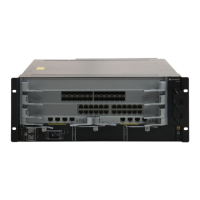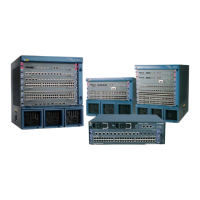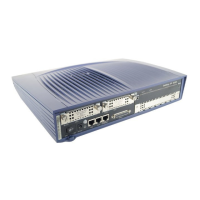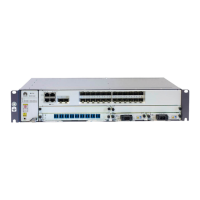3 VLAN Configuration
About This Chapter
Virtual Local Area Networks (VLANs) have advantages of broadcast domain isolation, security
enhancement, flexible networking, and good extensibility.
3.1 Introduction
The VLAN technology is important for forwarding on Layer 2 networks. This section describes
the background, functions, and advantages of the VLAN technology.
3.2 VLAN Features Supported by the S7700
This section describes VLAN features supported by the S7700 to help you understand VLAN
configurations.
3.3 Dividing a LAN into VLANs
A LAN can be divided into several VLANs and users in each VLAN can communicate with
each other. Currently, the S7700 supports several VLAN division modes. You can choose one
of them as required.
3.4 Creating a VLANIF Interface
VLANIF interfaces are Layer 3 logical interfaces. After creating VLANIF interfaces on Layer
2 devices, you can configure Layer 3 features on these interfaces.
3.5 Configuring Inter-VLAN Communication
Configuring inter-VLAN communication allows users in different VLANs to communicate with
each other. Currently, the S7700 supports several inter-VLAN communication schemes. Choose
one of them as required.
3.6 Configuring VLAN Aggregation to Save IP Addresses
VLAN aggregation prevents the waste of IP addresses and implements inter-VLAN
communication.
3.7 Configuring a MUX VLAN to Separate Layer 2 Traffic
Configuring a MUX VLAN allows users in different VLANs to communicate with each other,
and separates users in a certain VLAN.
3.8 Configuring a Voice VLAN to Transmit Voice Data
A voice VLAN is used to transmit voice data.
3.9 Configuring an mVLAN to Implement Integrated Management
Quidway S7700 Smart Routing Switch
Configuration Guide - Ethernet 3 VLAN Configuration
Issue 01 (2011-07-15) Huawei Proprietary and Confidential
Copyright © Huawei Technologies Co., Ltd.
62

